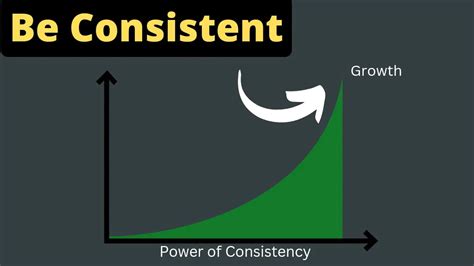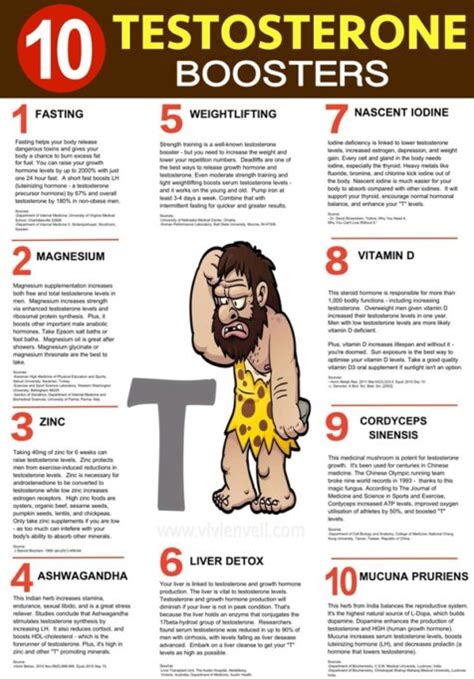How to break strength plateaus and maximize muscle gain for peak performance?

Understanding and Overcoming Strength Plateaus
Every dedicated lifter eventually encounters the frustrating wall of a strength plateau. This is when your progress in terms of weight lifted, reps performed, or overall muscle gain grinds to a halt, despite consistent effort. Plateaus are a natural part of the training journey, signaling that your body has adapted to the current stimulus and requires a new challenge to continue growing. Recognizing why they occur – often due to insufficient progressive overload, inadequate recovery, or stale training routines – is the first step toward breaking through them and reigniting your progress.

Strategic Training Adjustments for Breakthroughs
To shatter a strength plateau, you need to introduce new stimuli. Simply trying to lift heavier with the same approach often leads to burnout or injury. One highly effective method is varying your progressive overload. Beyond just adding weight, consider increasing volume (more sets/reps), reducing rest times, improving technique, or increasing training frequency for specific movements. Periodization, which involves cycling through different phases of training (e.g., hypertrophy, strength, power), can also be incredibly effective. Incorporate deload weeks every 6-8 weeks to allow your body to fully recover and resensitize to training, often resulting in a stronger return.
Furthermore, don’t shy away from different rep ranges. If you primarily train for hypertrophy (8-12 reps), spend some time lifting heavier with lower reps (3-6 reps) to build absolute strength. Conversely, if you’re always lifting heavy, incorporating higher rep sets can improve muscular endurance and provide a different growth stimulus. Unilateral exercises, pause reps, and tempo training can also address weaknesses and improve overall stability and control, contributing to greater strength.

The Critical Role of Nutrition and Recovery
Muscle growth and strength gains don’t happen in the gym; they happen when you recover from your workouts. Nutrition is paramount. Ensure you’re in a slight caloric surplus if your primary goal is muscle gain, providing the necessary energy for tissue repair and growth. Protein intake is non-negotiable, aiming for roughly 1.6-2.2 grams per kilogram of body weight to support muscle protein synthesis. Don’t neglect healthy fats and complex carbohydrates, which fuel your workouts and aid recovery.
Sleep is arguably the most underrated component of muscle gain and performance. Aim for 7-9 hours of quality sleep per night. During sleep, your body releases growth hormone, repairs muscle tissue, and replenishes energy stores. Chronic sleep deprivation can elevate cortisol levels, hinder recovery, and impair strength, making it nearly impossible to break plateaus or gain muscle effectively.

Maximizing Muscle Gain Beyond Plateaus
Once you’re consistently breaking plateaus, the focus shifts to sustained muscle gain. Consistency is key; showing up and putting in the work week after week, month after month, yields far greater results than sporadic intense bursts. Focus on compound movements (squats, deadlifts, bench press, overhead press, rows) as the foundation of your training, as they engage multiple muscle groups and elicit a strong anabolic response.
Pay meticulous attention to your form. Lifting with poor technique not only increases injury risk but also prevents the target muscles from being fully engaged, thereby limiting growth. If you can’t feel the muscle working, lighten the weight and focus on the mind-muscle connection. Tracking your progress—whether through a logbook or an app—is crucial. This allows you to objectively assess what’s working, what isn’t, and to ensure you’re consistently applying progressive overload in some form.

Achieving Peak Performance Through Holistic Development
Peak performance isn’t just about lifting the heaviest weight; it’s about optimizing your body’s overall function. This holistic approach integrates smart training, precise nutrition, adequate recovery, and mental resilience. Regularly reassess your goals and adjust your program accordingly. Consider incorporating flexibility and mobility work to improve range of motion and prevent imbalances. Listen to your body, recognizing signs of overtraining, and don’t be afraid to take an extra rest day or implement a proactive deload. By combining these strategies, you’re not just breaking through a temporary wall; you’re building a resilient, powerful physique capable of sustained high performance and continuous growth.

Breaking strength plateaus and maximizing muscle gain requires a multi-faceted approach. It’s about smart training variations, meticulous nutrition, uncompromising recovery, and unwavering consistency. Embrace the challenge, analyze your current routine, and apply these principles to unlock new levels of strength and a more muscular, peak-performing physique.








